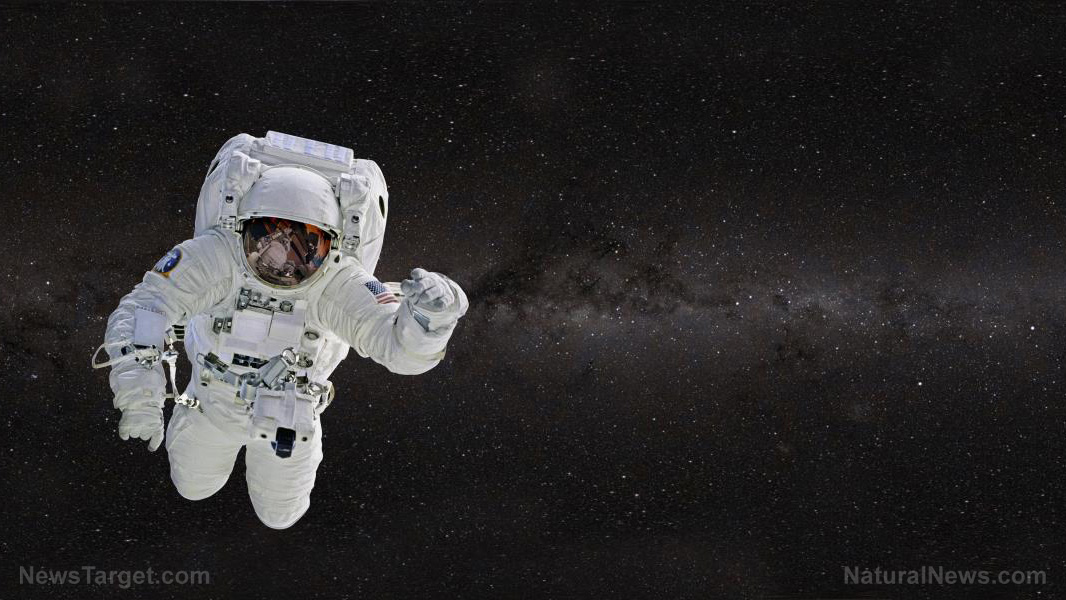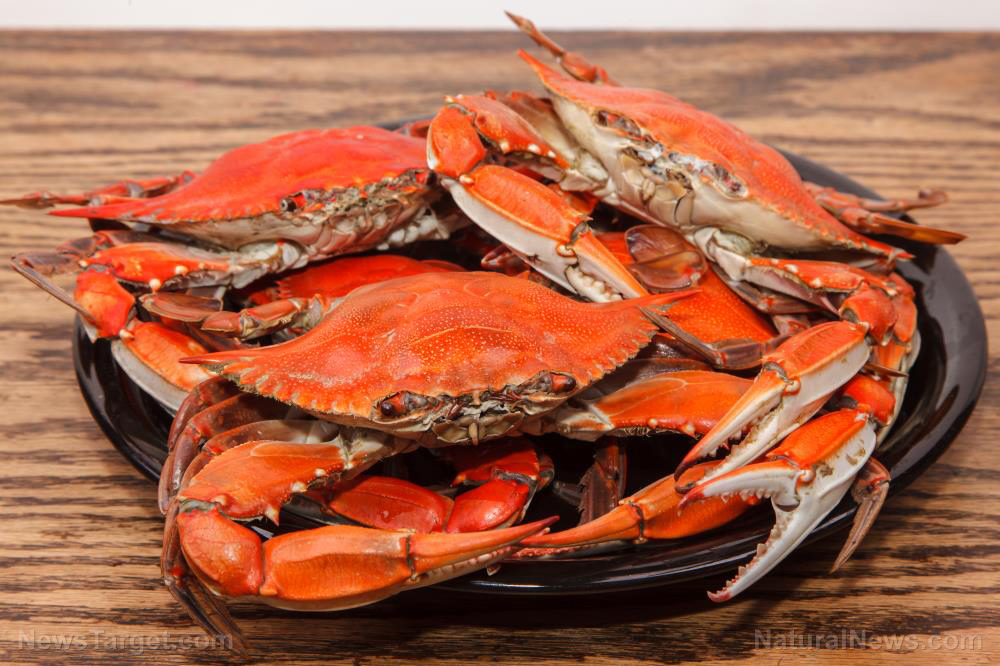
Advertisement
Having succeeded at the task of raising lettuce in space-like conditions, Norwegian researchers are now designing planters that can grow beans aboard a spaceship. This will give astronauts the ability to cultivate plants during trips between Earth and Mars.
Astronauts miss life on Earth. They enjoy anything that reminds them of their home planet. Not only will they be delighted to eat fresh food, they will be just as happy to play gardener with their vegetables.
That is why researchers at Norwegian University of Science and Technology (NTNU) conducted a vegetable-growing experiment using lava rock as synthetic soil. They reported successfully raising lettuce in nutrient-rich water.
Their end goal is to create a space greenhouse that can grow more than one kind of vegetable. The greenhouse will be able to supply astronauts with a variety of fresh foods during extremely long trips.
The International Space Station (ISS) has been able to support crews for six months straight. But NASA’s planned missions to Mars in 2030 will last more than twice that long. (Related: Could the new type of food for astronauts be made from zooplankton? Biologists seem to think so.)
These planters can one day serve as a greenhouse for hungry astronauts
“The way space travel works today, it’s almost impossible to take along all the resources you need,” explains NTNU research Silje Wolff. “That’s why we have to develop a biological system so astronauts can produce their own food, and recycle all of the resources.”

The menu aboard spacecraft is limited to freeze-dried and vacuum-packed stuff that barely counts as food. Understandably, astronauts don’t have much in the way of appetite and often lose a lot of weight.
The Norwegian researchers are working with their Italian and French colleagues to provide astronauts with fresh food that stirs the appetite and inspires the brain. NTNU engineers have come up with high-tech planters that ensure plants get enough air, gas, nutrients, and water during space travel.
The planters are designed to efficiently recover all of the food and water. They need to be capable of providing the vegetables with the exact amount of fertilizer.
Plants are particularly dependent on nitrogen, so they are very sensitive to the amount of fertilizer at hand. Wolff reports that nitrogen-deprived plants will gorge on as much water as it can until it has enough nutrients for healthy functions.
Can healthy vegetables be grown in microgravity and zero gravity conditions?
Earth-based laboratories cannot replicate the zero gravity conditions in space. So the NTNU research team is planning to send the planters to the ISS for testing in a microgravity environment.
Astronauts will use the planters to raise beans aboard the station. They will study the effects of microgravity on the ability of plants to collect nutrients and absorb water.
Gravity is expected to play a big role in the cultivation of plants. On Earth, it is responsible for the sinking motion of cold air and the opposite rising action of hot air. The greatly reduced gravity in the ISS, on the other hand, prevents the dynamic circulation of cold and hot air.
The stationary atmosphere created by microgravity causes astronauts to always have a minor fever. The sweating process that normally cools them does not work very well in space.
Plants are also affected by microgravity and zero gravity. The absence of gravity causes a layer on the bottom of the leaf to grow thicker. This layer holds the stoma pores that control the amount of air and water that passes through. When the layer thickens, the pores shrink, which hampers the evaporation process that normally cools the plant.
Sources include:
Submit a correction >>
This article may contain statements that reflect the opinion of the author
Advertisement
Advertisements
















